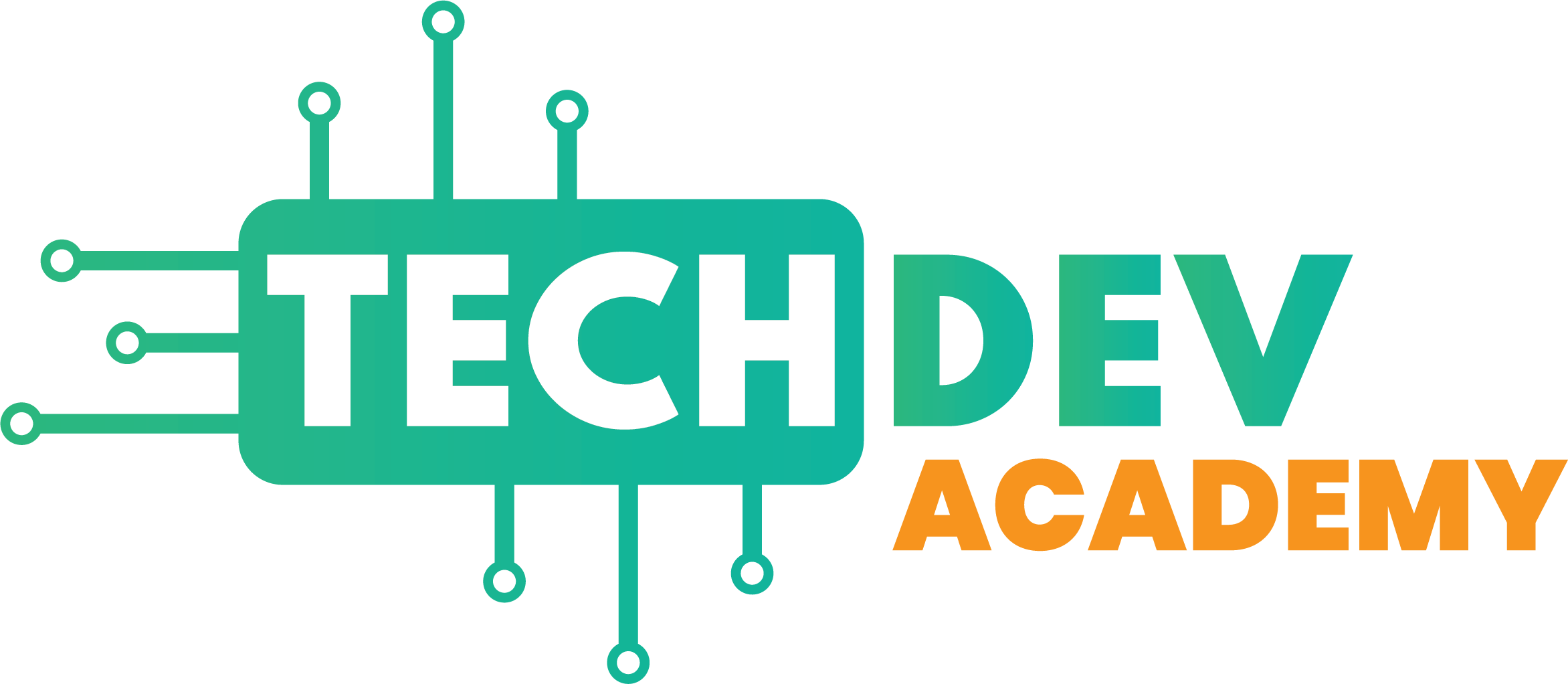Ideally, every youth should be surrounded by role models. But in real life, this is often not the case. In low-economic areas, youths often see their parents struggle with domestic abuse, poverty, substance addiction, etc. They sometimes also see their peers getting married at young ages, having kids, and struggling with other issues. Even youths, who belong to affluent families, may sometimes struggle to find a role model. Having a role model can dramatically help youths, regardless of their economic status, to choose an ambitious and brighter path to succeed in life. And that’s exactly where the importance of youth mentoring programs comes in.
Key advantages of youth mentoring programs
After conducting a meta-analysis study [1], which involved over 25,000 young people and over 70 youth mentoring programs, Raposa et al. (2019) confirmed that mentoring leaves a substantial impact on positive youth development. The key benefits of youth mentoring programs include the following.
Improved school performance: Often, youths, who aren’t surrounded by any strong role models, become disengaged from school and hence, stand the risk of dropping out. With the help of educational mentoring, young adults become able to stay on track, are less likely to cut class, and skip a day.
Positive attitude: A lack of confidence and self-esteem isn’t something uncommon among youths. An effective mentoring relationship helps them recognize their strengths which ultimately leads to higher confidence and healthy self-esteem. Proper mentoring also encourages a positive attitude toward others in society while discouraging delinquent tendencies.
Positive behavior: Youths, who don’t have any mentor or belong to underserved communities, often struggle with behavioral issues. Youth mentoring programs help them to learn how to strengthen self-regulation which refers to a person’s ability to manage impulses and emotions. It helps them resist impulsive behaviors and cheer up when they are feeling unhappy.
Better higher education rates: Young adults, especially those who come from low economic areas, sometimes perpetuate the behavior they experience in their surroundings. These at-risk youths sometimes don’t come with a bright future in their minds and thus, don’t bother to check out options for higher education which is essential to become successful adults. A good mentoring relationship encourages them to explore new ways of opportunities in the form of higher education.
A better life: Sometimes, youths experience the lack of a holistic approach that could help them stay on track. Or, they may encounter some issues that must be addressed to help them maintain their well-being. In both cases, the presence of a positive adult can prove to be highly helpful. It offers a plethora of benefits including helping them stay away from developing detrimental habits such as using drugs and/or drinking alcohol. Mentoring also encourages youths, who experience an opportunity gap, to participate in various social events, which could change their lives for the better.
In addition to these, youth mentoring programs help to develop leadership and sometimes act as an inspirational factor for the youths.
Various models of mentorship programs
There are different types of mentorship programs. We explored the most common ones among them.
- Classic mentoring: In this form of mentoring, information is often being conveyed from a top-down model. Usually, this is closely associated with the objective of helping youths to accomplish the goal of improving academics. The mentoring occurs in one-on-one pairings of an experienced mentor or senior with a novice or more junior mentee. Participants can either self-select the other or they can be matched through a formal program.
- Peer mentoring: This form comes with the objective of enhancing supportive relationships between the mentor and the mentee. It’s a relationship where both people are at about the same age or career stage and one person is more experienced than the other one in a certain domain. Here, the former one remains in a position where he/she can support the other and share knowledge and skills. It’s important to note that in peer mentoring, the balance of skills and knowledge transfer between the mentor and the mentee is more even than conventional mentoring.
 Near-peer mentoring: This mentoring model has gained a good amount of attraction in recent times. Here, a college-level student typically performs the role of a mentor who guides a high or middle school student. The mentoring is done via a curriculum or process that the mentor has already gone through. The objective of near-peer mentoring isn’t limited to the programs, but other aspects of a young student’s life. For this model to succeed, mentors need to be selected based on some specific qualities. These usually include an ability to empathize, a thorough understanding of the curriculum, the ability to offer unique insight, etc.
Near-peer mentoring: This mentoring model has gained a good amount of attraction in recent times. Here, a college-level student typically performs the role of a mentor who guides a high or middle school student. The mentoring is done via a curriculum or process that the mentor has already gone through. The objective of near-peer mentoring isn’t limited to the programs, but other aspects of a young student’s life. For this model to succeed, mentors need to be selected based on some specific qualities. These usually include an ability to empathize, a thorough understanding of the curriculum, the ability to offer unique insight, etc.
- Reverse mentoring: While conventional mentoring follows a top-down approach, in the reverse mentoring model this idea gets flipped. Here, the younger person becomes the mentor and the senior one becomes the mentee. The key here is the mentor is more experienced in some particular areas that the mentee wishes to learn about.
- Group-based mentoring: In this model, multiple mentees are paired with one mentor. This model provides peer learning opportunities as well as mentee-mentor learning. Here, group members not only can help each other to stay on track but can meet the mentor one-on-one if needed.
- E-mentoring: This model is conducted over the Internet, either as an additional part of an existing program or as an independent program. However, to succeed using an e-mentoring model, it’s important to have the appropriate technology in place that offers a safe environment to facilitate the exchange of ideas. The key benefit of the e-mentoring model lies behind the convenience and flexibility that it provides.
Youth mentoring programs can play critical roles in helping young adults accomplishing both personal and academic goals. And it isn’t only the youths, mentors benefit from these programs too. These typically include personal fulfillment, enhanced self-esteem, building new relationships, enhanced interpersonal skills, gaining new perspectives, and a real sense of achievement that comes from making a difference in someone’s life for the better. If you want to be a mentor and have got the qualities to be a positive role model in a youth’s life, you can search online to locate programs that might interest you and start contacting the short-listed ones to get started. On the other hand, it might be useful to consider looking for a quality mentor or a mentorship program around for your kid to help him/her achieve his/her goals.
[1] Raposa, E. B., Rhodes, J., Stams, G. J. J., Card, N., Burton, S., Schwartz, S., … & Hussain, S. (2019). The effects of youth mentoring programs: A meta-analysis of outcome studies. Journal of Youth and Adolescence, 48(3), 423-443.



